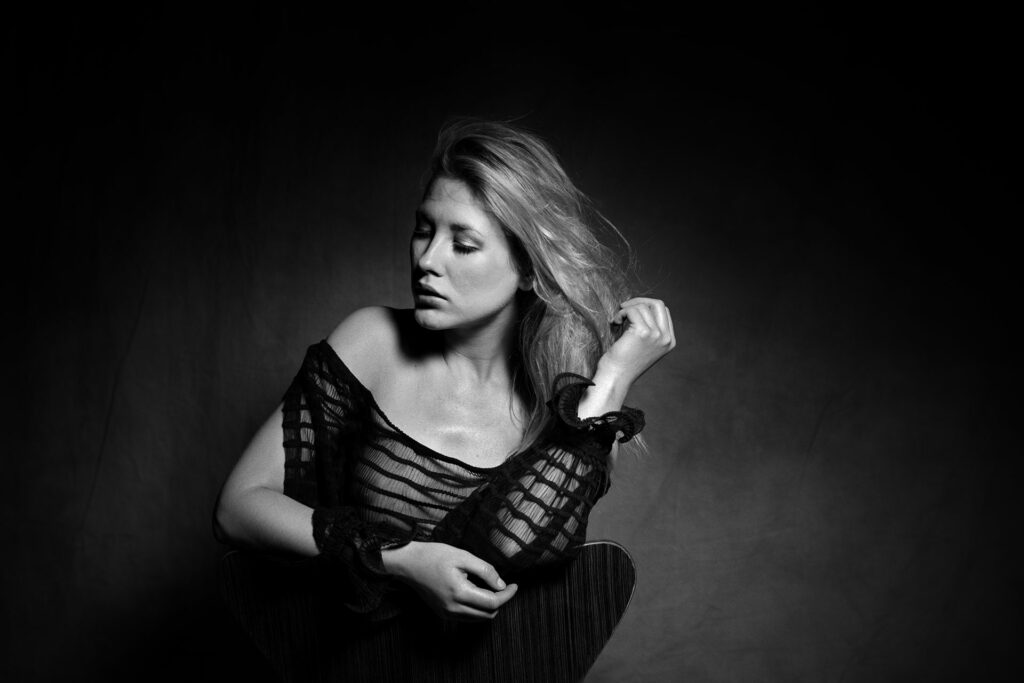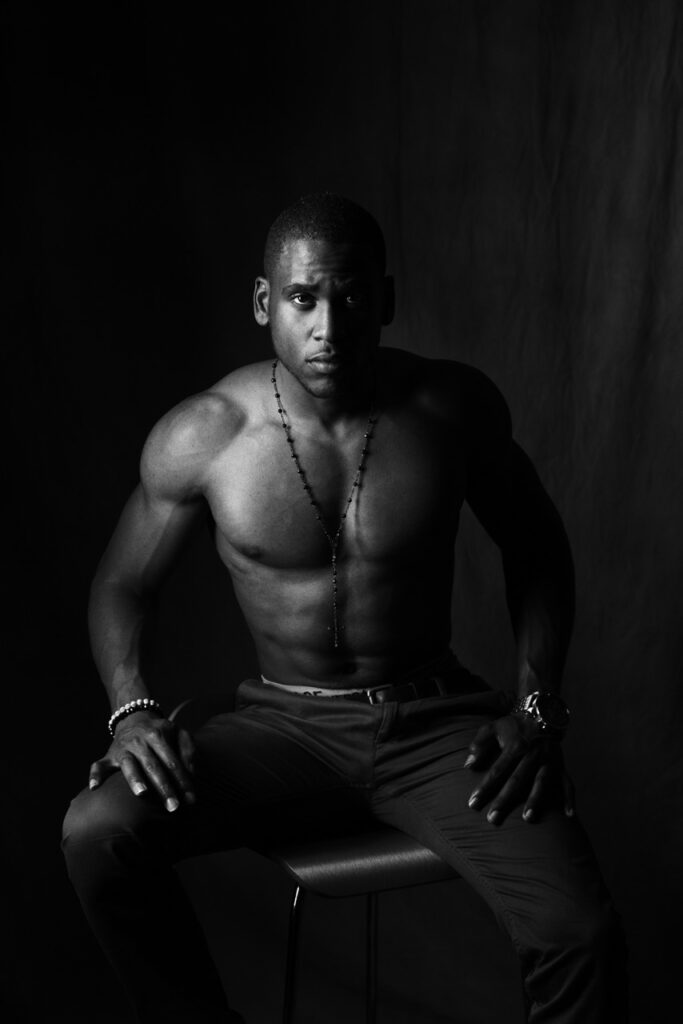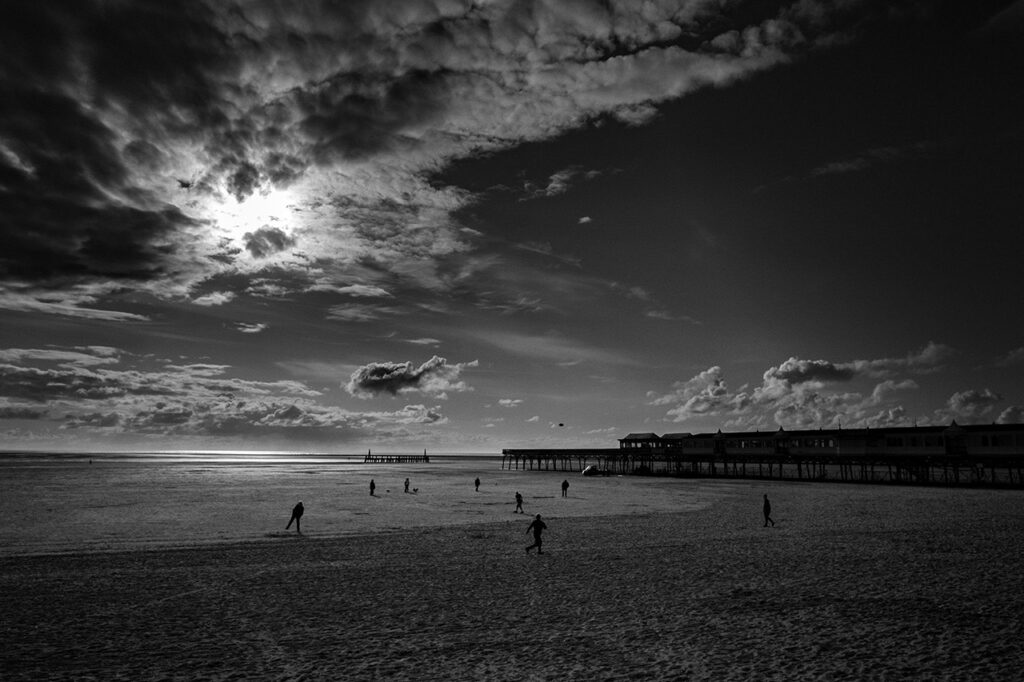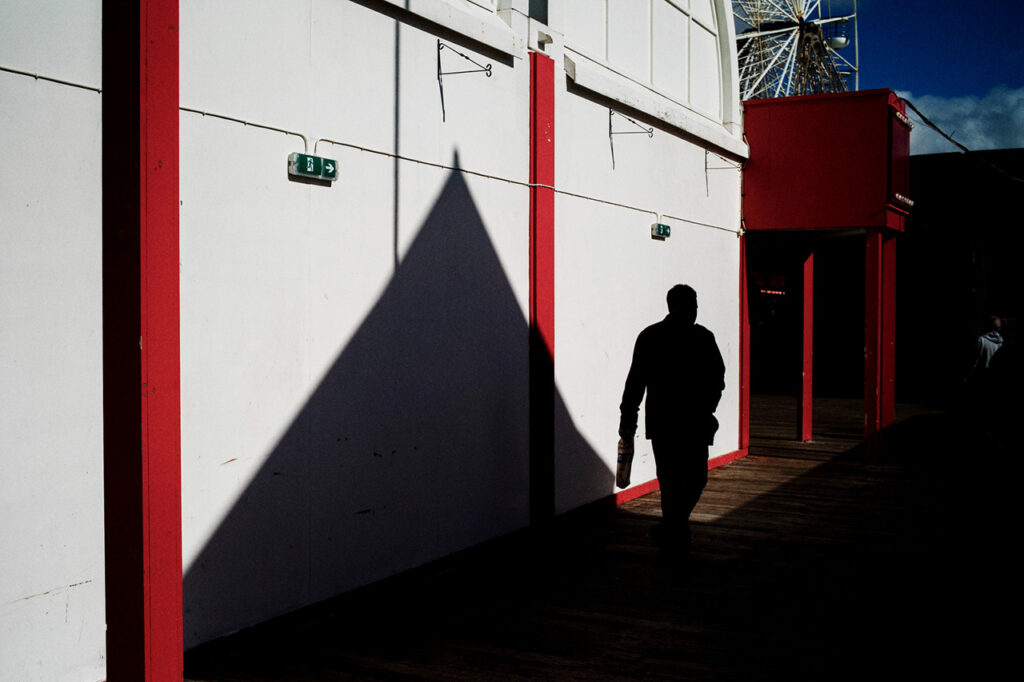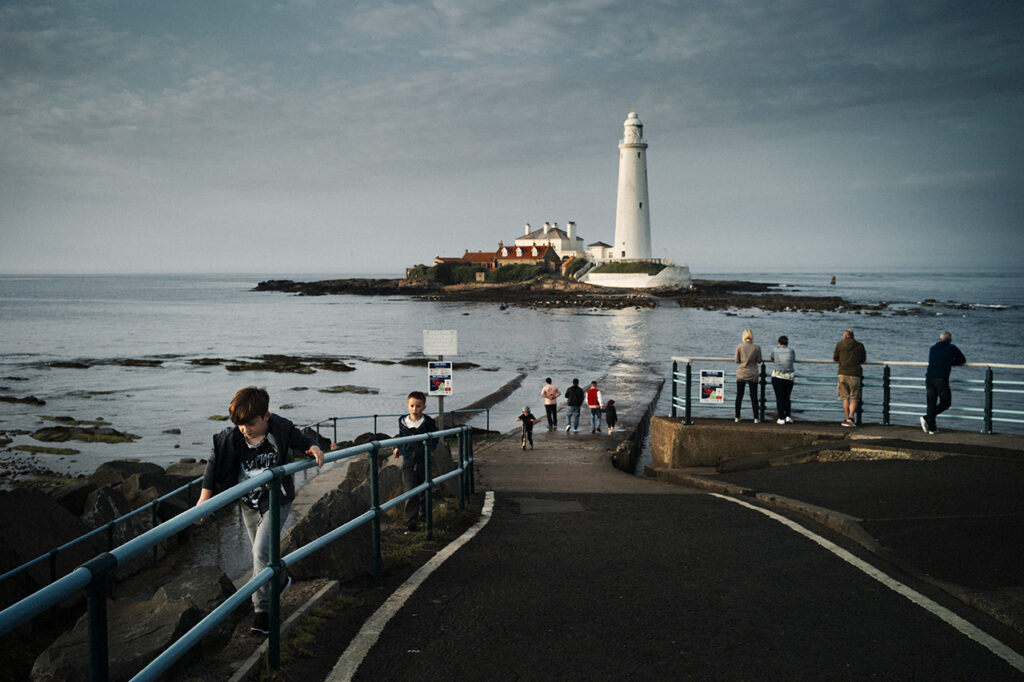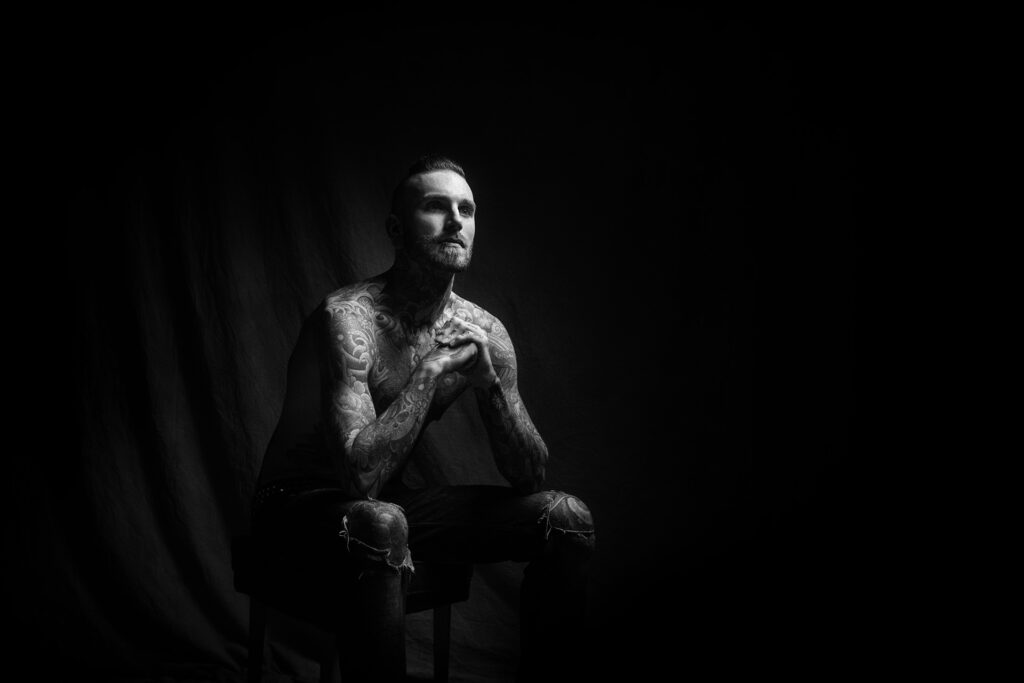This featured article is special to me, because today we have Jeff Ascough from the UK. When I started in wedding photography, roughly twenty years ago, there wasn’t such a thing as documentary wedding photography, at least not here in The Netherlands. I knew how I wanted to capture a wedding, but there wasn’t a name for it really.
Browsing around the internet, I stumbled on the website of Jeff and his wedding work really amazed me. I studied his pictures, checked out his gear and even used his Lightroom presets for a while.
Long story short, you can easily say that for me as a wedding photographer, Jeff was my biggest inspiration.
Check out Jeffs other work here.
1) Can you tell a bit about your background (as a photographer)
My dad was a keen amateur photographer. In the late 1980s, when he reached 50 years old, he wanted to retire from his job (he lectured in mechanical engineering at university) and become a professional photographer. Prior to his retirement, he built a small business but the university couldn’t afford to let him retire. So he asked me if I would be interested in becoming a photographer and running the business for him.
I didn’t have any interest in photography prior to that point. I was 21 years old. I was more interested in music. I decided to give photography a shot, and 32 years later I’m still doing it.
I didn’t have any interest in photography prior to that point. I was 21 years old. I was more interested in music. I decided to give photography a shot, and 32 years later I’m still doing it.
I started my career as a studio portrait photographer. I shot the odd wedding for my portrait clients, but when I set up my own business in the early 90s, I started to concentrate on weddings as they were the easiest genre to get into. I introduced a black-and-white documentary style to he UK marketplace in the mid 90s, and I still shoot in that style today but only for a handful of clients each year.
For the past ten years, I’ve been concentrating on shooting landscape, street and portrait photography.
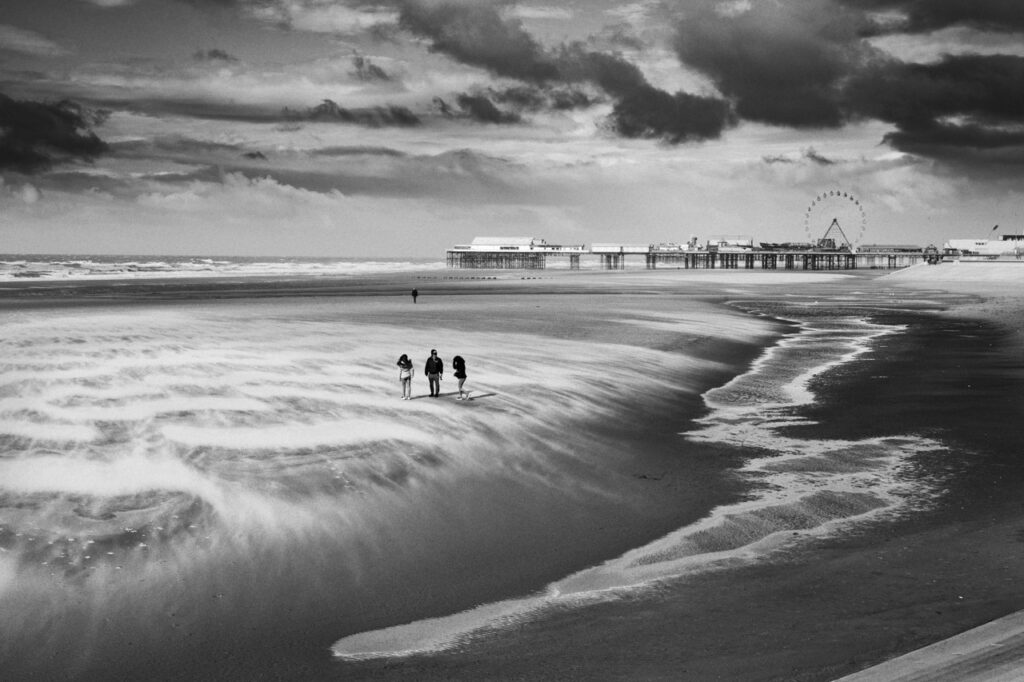
2) How did you get into the Leica system?
In the late 90s, I was shooting a lot of events with film in very low light. I needed something which would cope with the light conditions, so I bought a Leica M6TTL and a 50 f1 Noctilux-M as this was the fastest lens I could get my hands on at the time, and with a mirrorless body I could hand hold it down to 1/15th sec. It revolutionised my shooting. I added three more bodies and six more lenses over the next year.
I still shoot film with those Leicas to this day. I added an M8 around 2007 and an M9 a few years later. The early digital Ms weren’t ideal for my work at the time, so I used Canon for a lot of it. This led me to became an Ambassador for Canon in 2008, and even though I was still using Leica, I couldn’t mention it due to my contractual obligations with them. When I resigned from the Ambassador program in 2017, I gradually moved away from Canon altogether and now I shoot Leica for all of my work.
I still shoot film with those Leicas to this day. I added an M8 around 2007 and an M9 a few years later. The early digital Ms weren’t ideal for my work at the time, so I used Canon for a lot of it. This led me to became an Ambassador for Canon in 2008, and even though I was still using Leica, I couldn’t mention it due to my contractual obligations with them. When I resigned from the Ambassador program in 2017, I gradually moved away from Canon altogether and now I shoot Leica for all of my work.
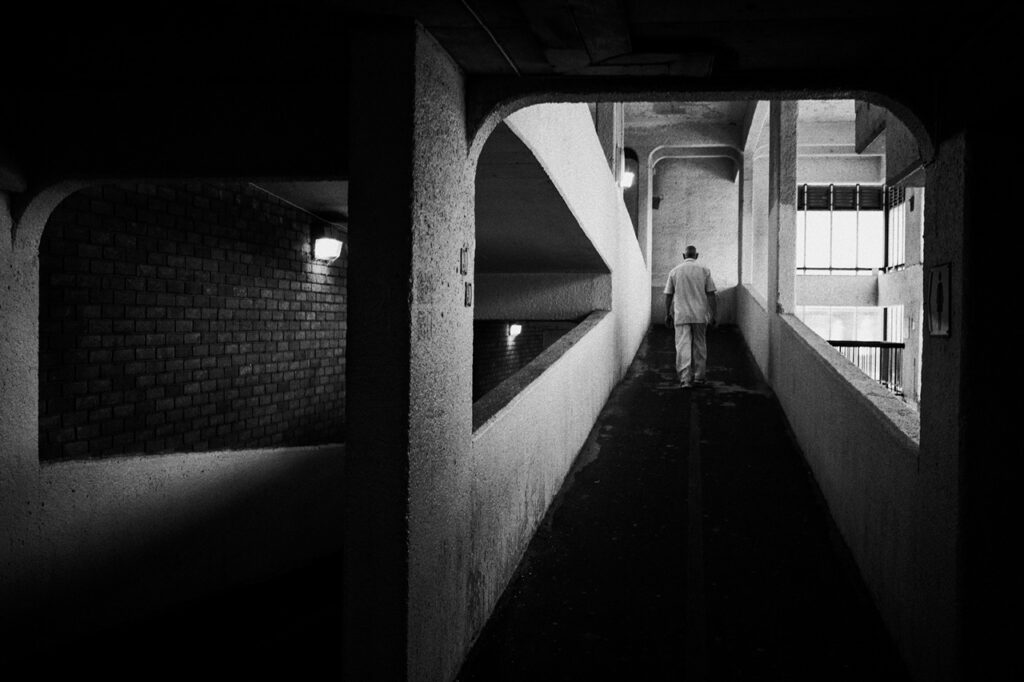
3) Which camera and lenses do you have?
I have four M6TTL bodies with different viewfinder magnifications. An M9-P which is my main digital camera, and an M8 which I use now and again. Lenswise, I have a 21 Elmarit-M ASPH, 35 Summilux-M ASPH, 50 Noctilux-M, 75 Summilux-M, and 90 Summicron-M.
These days, I shoot most of my work with the 21 & 35 lenses.
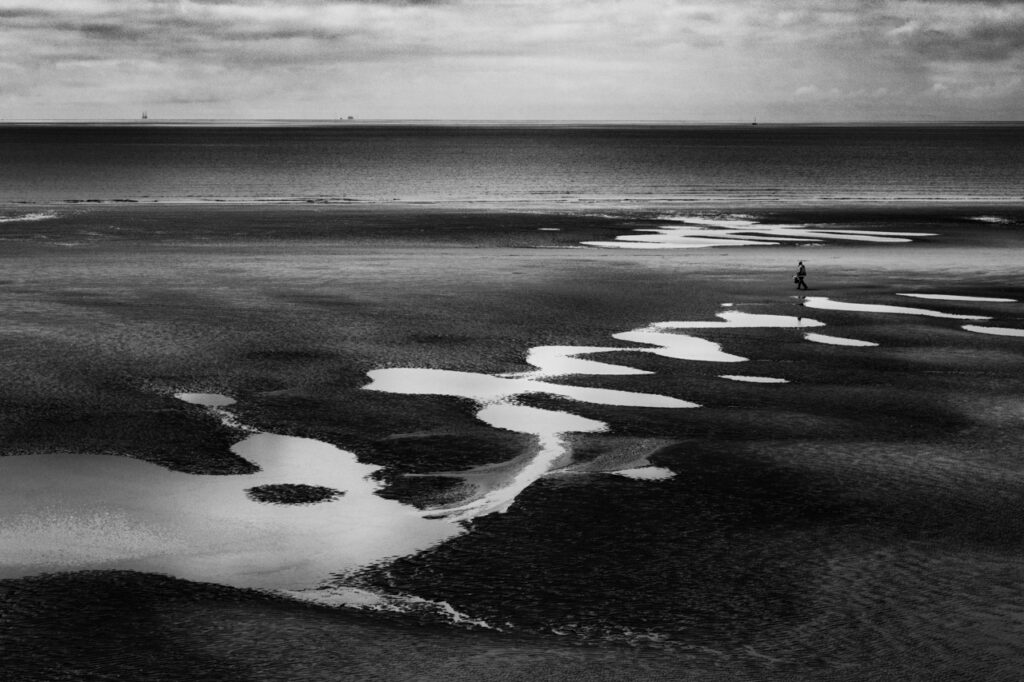
4) What kind of pictures do you take and why?
Most of my work involves street and landscape photography. It’s what I was drawn to as a young photographer and today I’m fortunate to be able to shoot it for a living. I prefer to work in England and you will often find me working in coastal areas. I live 100m from the sea, so a lot of my work reflects that experience. I also like to shoot portraits and nudes, but the pandemic has put that side of things on hold for the past year. The majority of my work is still black-and-white but in over the past year or so, I’ve been experimenting more with colour.
